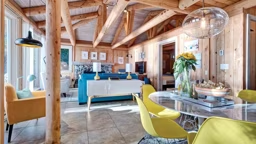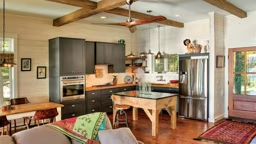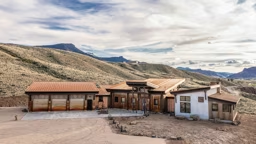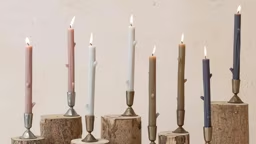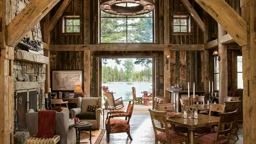
Cabins that are completely off the grid come with their own unique set of challenges. If you're thinking about building or purchasing an off-grid retreat, read these tips from Greg Amundson, who used to own a getaway in the Wisconsin wilderness.
1. Keep it simple
“A square- or rectangular-shaped cabin with a lower pitched roof is easier to build than something irregularly shaped with a high roof,” says Amundson.
2. Inviting nature
Sarah Nettleton, owner of Sarah Nettleton Architects in Minneapolis, Minn., suggests combining architecture with landscape design. “You can optimize energy efficiency and the beauties of each season by considering sun, wind, the change of seasons, topography, and soils,” says Nettleton, who authored the book “The Simple Home: The Luxury of Enough.” For example, study the wind direction to help you determine the best orientation of the building, and consider window placement in the building to maximize air flow and ventilation.
3. Aware & flexibile
Matt Finn, an architect who works with Nettleton, says people are used to just showing up and turning things on. With an off-grid cabin, however, you have to be aware of the amount of energy you have access to, especially if you rely on solar power. “If the forecast calls for mostly cloudy skies during the week you’re at the cabin, you’ll have to make adjustments,” says Finn. “Perhaps forgo the use of the hair dryer, the toaster, or some other energy draw to balance things out.”
4. Flooring
June Amundson suggests: Choose flooring that’s easy to clean. “We had a plywood floor that we painted and covered with throw rugs,” she says. “We used a shop vac several times a year to clean dirt and dried mud. The rest of the time we just used a Hoky Sweeper to pick up debris.”
5. Siting the outhouse
Pay attention to the location of the outhouse. Think about the path you’ll take to get there at night. “Light is a big deal when the generator isn’t running,” notes Greg. “Wall tap lights work great.”
Pros and Cons of a Wilderness Cabin
Greg and June share their views of the pros and cons of owning an off-the-grid cabin:
The pros:
-
Building an outhouse saves money. Greg learned that a septic system for his property would have cost around $18,000.
-
A cozy fortress forces the family to forge memorable connections.
-
“Yard” maintenance is minimal. Each spring, Greg would just mow and saw up fallen trees.
-
It’s easy to enforce a no-electronics rule.
The cons:
-
With limited refrigerator space, mealtime requires more planning. For instance, if you pack a salad with mayonnaise, that should be eaten on day one.
-
Hauling your own water can get tiresome.
-
There’s no bathing. The Amundsons used cleaning wipes for faces and had an 8-gallon jug of water for washing hands.
Bonus Tip
If you have an outhouse at your off-the-grid cabin, be sure to store toilet paper so mice don’t throw a chew party in your absence. “We learned that the hard way,” says June Amundson.



